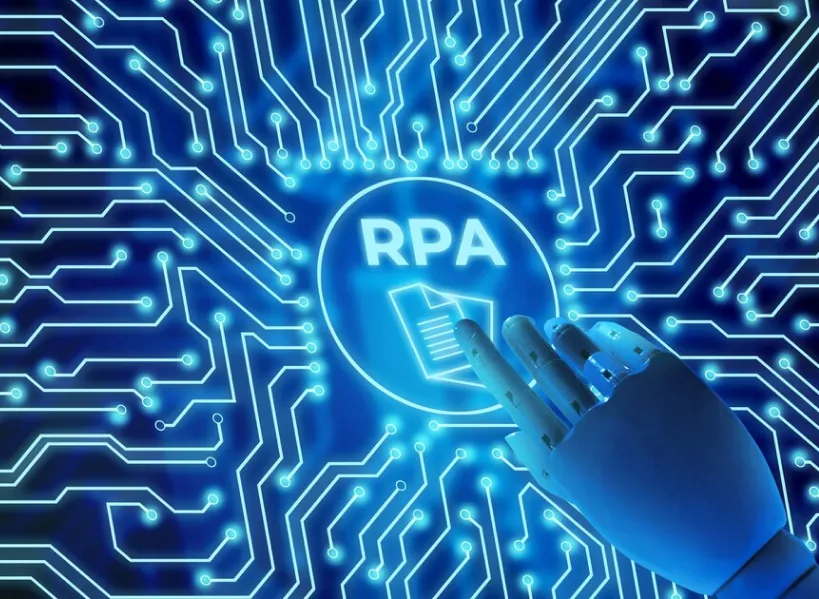Description
Introduction
This course focuses on Appian’s Robotic Process Automation (RPA) and how it can be leveraged to automate repetitive tasks and streamline business processes. Appian RPA enables organizations to enhance operational efficiency by integrating robotic automation with human workflows. By the end of this training, participants will have the skills to design, implement, and manage RPA solutions using the Appian platform, improving productivity and accuracy across various business operations.
Prerequisites of Appian Robotic Process Automation
Before starting this course, participants should have:
- Basic understanding of business process automation and workflows.
- Familiarity with the Appian platform or similar low-code development tools.
- General knowledge of data management and IT systems.
While programming experience is not required, prior knowledge of process automation or integration will be helpful.
Table of Contents
- Introduction to Appian RPA
1.1 What is Robotic Process Automation?
1.2 Benefits of RPA in Business Processes
1.3 Overview of Appian RPA Features
1.4 Key Concepts and Terminology - Setting Up Appian RPA
2.1 Installing and Configuring Appian RPA(Ref: Introduction to UiPath: Robotic Process Automation (RPA) Fundamentals)
2.2 Setting Up Robotic Environments
2.3 Managing Robot Licenses and Permissions
2.4 Connecting Appian RPA to External Systems - Designing RPA Solutions
3.1 Identifying RPA Opportunities in Business Processes
3.2 Designing Robotic Workflows(Ref: Appian Cloud: Scaling Low-Code Applications)
3.3 Automating Data Entry and Interaction with Applications
3.4 Using Appian’s Visual RPA Design Tools - Developing and Deploying Robots
4.1 Creating and Testing Robotic Processes
4.2 Handling Errors and Exceptions in RPA
4.3 Deploying RPA Solutions to Production
4.4 Managing Robot Performance and Monitoring - Integrating RPA with Appian Workflows
5.1 Combining RPA with Case Management
5.2 Orchestrating Bots and Human Tasks in Hybrid Workflows
5.3 Leveraging Appian’s Low-Code Tools for Automation
5.4 Integrating External APIs and Systems with RPA - Advanced RPA Features
6.1 Advanced Data Handling and Automation Techniques
6.2 Scheduling and Triggering RPA Processes
6.3 Reporting and Analytics for RPA Solutions
6.4 Ensuring Security and Compliance in RPA Automation - Best Practices and Optimization
7.1 Best Practices for RPA Design and Implementation
7.2 Optimizing Robot Performance and Scalability
7.3 Managing RPA Change and Version Control
7.4 Ensuring Long-Term Success of RPA Solutions - Review and Summary
8.1 Key Takeaways from the Course
8.2 Real-World Use Cases of Appian RPA
8.3 Next Steps for Implementing RPA in Your Organization
Conclusion
By completing this course, participants will gain a deep understanding of how to leverage Appian RPA to automate processes and integrate robotic solutions with human workflows. This course will equip learners with the knowledge and skills to implement, manage, and optimize RPA solutions, driving operational efficiency and reducing manual effort across their organization.







Reviews
There are no reviews yet.